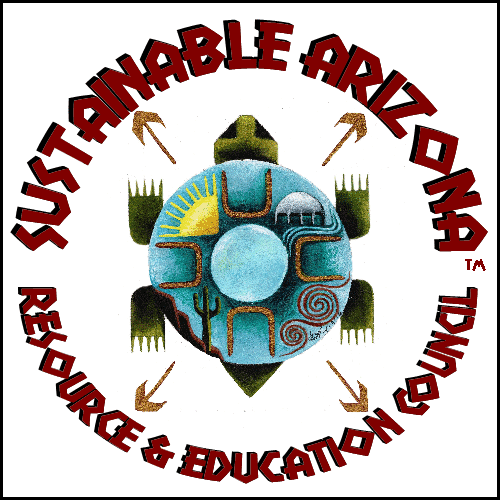Richard Heinberg of the Post Carbon Institute:
If our transition to renewable energy is successful, we will achieve savings in the ongoing energy expenditures needed for economic production. We will be rewarded with a quality of life that is acceptable—and, perhaps, preferable to our current one (even though, for most Americans, material consumption will be scaled back from its current unsustainable level). We will have a much more stable climate than would otherwise be the case. And we will see greatly reduced health and environmental impacts from energy production activities.
But the transition will entail costs—not just money and regulation, but also changes in our behavior and expectations. It will probably take at least three or four decades, and will fundamentally change the way we live.
Nobody knows how to accomplish the transition in detail, because this has never been done before. Most previous energy transitions were driven by opportunity, not policy. And they were usually additive, with new energy resources piling onto old ones (we still use firewood, even though we’ve added coal, hydro, oil, natural gas, and nuclear to the mix).
Since the renewable energy revolution will require trading our currently dominant energy sources (fossil fuels) for alternative ones (mostly wind, solar, hydro, geothermal, and biomass) that have different characteristics, there are likely to be some hefty challenges along the way.
Therefore, it makes sense to start with the low-hanging fruit and with a plan in place, then revise our plan frequently as we gain practical experience. Several organizations have already formulated plans for transitioning to 100 percent renewable energy. David Fridley, staff scientist of the energy analysis program at the Lawrence Berkeley National Laboratory, and I have been working for the past few months to analyze and assess those plans and have a book in the works titledOur Renewable Future. Here’s a very short summary, tailored mostly to the United States, of what we’ve found.

 Not so long ago, solar power was something of a dream for those who were ahead of the curve in the environmental movement. It appeared to be an option for the wealthy and for those who had committed themselves to environmentalism.
Not so long ago, solar power was something of a dream for those who were ahead of the curve in the environmental movement. It appeared to be an option for the wealthy and for those who had committed themselves to environmentalism. The growth of distributed energy generation — particularly in the form of solar energy — leaves the aging, monopolistic electric utility system a daunting choice: Come out swinging in defense of the status quo or boldly jump into the cockpit, put on the co-pilot’s hat and fly toward the clean energy future.
The growth of distributed energy generation — particularly in the form of solar energy — leaves the aging, monopolistic electric utility system a daunting choice: Come out swinging in defense of the status quo or boldly jump into the cockpit, put on the co-pilot’s hat and fly toward the clean energy future.